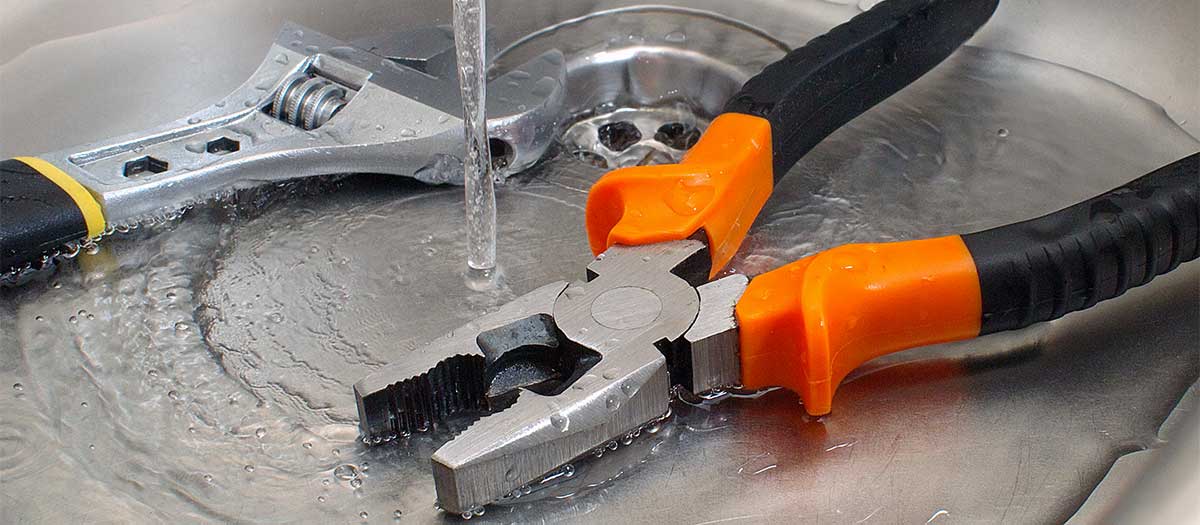Overview To Water Leak Detection At Home
Overview To Water Leak Detection At Home
Blog Article
Just how do you actually feel when it comes to Detecting hidden plumbing leaks?

Early detection of dripping water lines can mitigate a potential catastrophe. In addition to saving you cash, it will certainly reduce the worry and stress. The minute you find a leakage, calling your plumber for fixings is the best option. Nonetheless, some tiny water leakages might not be visible. Right here are some hacks that help if you can not find it with your naked eyes.
1. Check Out the Water Meter
Examining it is a proven method that assists you discover leakages. If it relocates, that suggests a fast-moving leak. This means you might have a slow-moving leak that can also be underground.
2. Check Water Intake
Examine your water expenses and track your water consumption. As the one paying it, you need to observe if there are any type of discrepancies. If you detect sudden changes, despite your intake being the same, it means that you have leakages in your plumbing system. Remember, your water costs must fall under the very same variety monthly. An abrupt spike in your bill indicates a fast-moving leakage.
A stable rise every month, even with the same habits, reveals you have a slow leak that's likewise slowly rising. Call a plumber to thoroughly inspect your home, specifically if you really feel a warm area on your flooring with piping below.
3. Do a Food Coloring Test
When it comes to water consumption, 30% comes from commodes. If the shade in some way infiltrates your bowl during that time without flushing, there's a leak between the storage tank as well as dish.
4. Asses Outside Lines
Do not fail to remember to inspect your outdoor water lines also. Needs to water permeate out of the connection, you have a loose rubber gasket. One little leakage can lose heaps of water as well as spike your water expense.
5. Check as well as Evaluate the Situation
House owners must make it a routine to examine under the sink counters and also inside closets for any kind of bad odor or mold growth. These 2 red flags show a leak so prompt focus is called for. Doing regular evaluations, also bi-annually, can save you from a significant problem.
More significantly, if you know your residence is already old, maintain a watchful eye on your heating units, hoses, pipelines and so on. Check for stainings and damaging as many pipelines and home appliances have a life expectancy. They will certainly also normally weaken as a result of deterioration. If you believe leaking water lines in your plumbing system, don't await it to escalate. Call a specialist plumber right now so you do not end up with a horrible mess in your house.
Early detection of leaking water lines can alleviate a possible calamity. Some tiny water leaks may not be visible. Inspecting it is a proven means that aids you uncover leakages. One tiny leak can waste lots of water as well as surge your water expense.
If you believe dripping water lines in your plumbing system, do not wait for it to rise.
WARNING SIGNS OF WATER LEAKAGE BEHIND THE WALL
PERSISTENT MUSTY ODORS
As water slowly drips from a leaky pipe inside the wall, flooring and sheetrock stay damp and develop an odor similar to wet cardboard. It generates a musty smell that can help you find hidden leaks.
MOLD IN UNUSUAL AREAS
Mold usually grows in wet areas like kitchens, baths and laundry rooms. If you spot the stuff on walls or baseboards in other rooms of the house, it’s a good indicator of undetected water leaks.
STAINS THAT GROW
When mold thrives around a leaky pipe, it sometimes takes hold on the inside surface of the affected wall. A growing stain on otherwise clean sheetrock is often your sign of a hidden plumbing problem.
PEELING OR BUBBLING WALLPAPER / PAINT
This clue is easy to miss in rooms that don’t get much use. When you see wallpaper separating along seams or paint bubbling or flaking off the wall, blame sheetrock that stays wet because of an undetected leak.
BUCKLED CEILINGS AND STAINED FLOORS
If ceilings or floors in bathrooms, kitchens or laundry areas develop structural problems, don’t rule out constant damp inside the walls. Wet sheetrock can affect adjacent framing, flooring and ceilings.
https://www.servicemasterbyzaba.com/blog/how-to-detect-water-leakage-in-walls/
.jpg)
As a keen reader on Leaking water lines, I was thinking sharing that article was a great idea. Are you aware of somebody who is inquisitive about the niche? Be sure share it. Many thanks for going through it.
Report this page